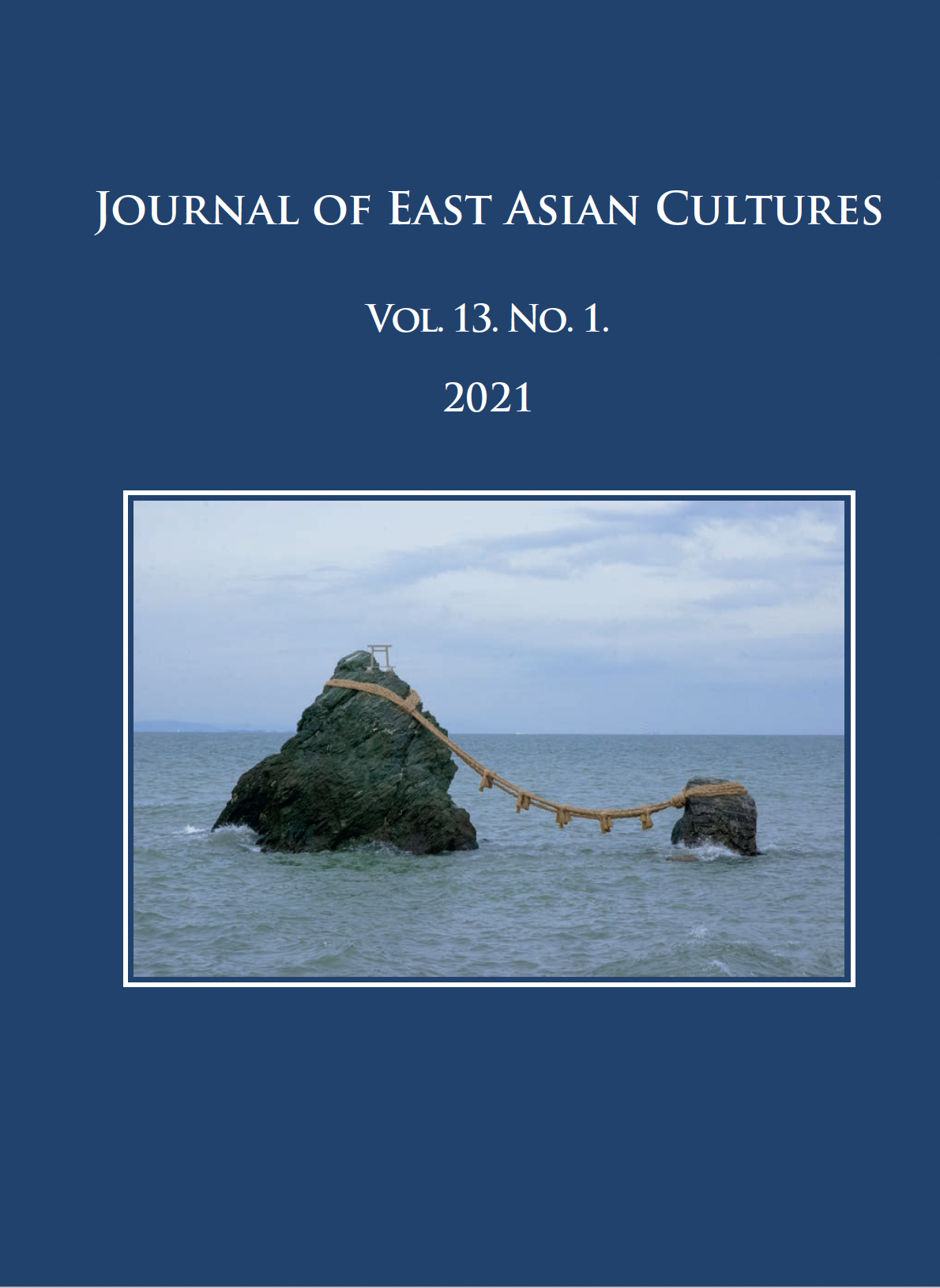From Family Crisis to State Crisis: The Case of Former Yan (Qian Yan 前燕, 285/337–370), a Xianbei Conquest Dynasty
Published 2021-12-15
Keywords
- Former Yan,
- Xianbei,
- Murong,
- family crisis,
- fall of a dynasty
- sixteen states of the five barbarians ...More
How to Cite
Copyright (c) 2021 the author(s)

This work is licensed under a Creative Commons Attribution-NonCommercial 4.0 International License.
Abstract
Former Yan (285/337–370) was a state in Northeast China established by the Murong branch of the Xianbei, a partly nomadic people who had settled on the Chinese frontier in the 220s. The Murong gradually accommodated themselves to Chinese ways and, having defeated their rivals along the frontier by the 340s, became a major power in North China. A decade later they destroyed the states which had been strongest north of the Yellow River (Later Zhao 319–351) and their ruler assumed imperial dignity. By this time they were close to becoming the masters of North China. Schreiber explains one of the secrets of their success by arguing that the creation and the conduct of the Yan government was “a family affair”. He claimed that the Yan was a stable state, relatively free of internal turmoil and civil war. However, deteriorating family relations within the ruling elite, which did not lead to serious armed conflict but dragged on for about two decades, played a major role in the demise of their state. In the present paper I examine the causes of this deterioration and attempt to shed light on the connections between the crisis it caused and earlier attempts to forestall such a crisis.
References
- JS = Jinshu 晉書, Taipei: Dingwen Shuju 1980.
- HHS = Hou Hanshu 後漢書, Taipei: Dingwen Shuju 1981.
- TPYL = Taiping Yulan 太平御覽, Beijing: Zhonghua Shuju 1995.
- ZZTJ = Zizhi Tongjian 資治通鑑, Beijing: Zhonghua Shuju 1976.
- Barfield, Thomas J. 1992. The Perilous Frontier, Nomadic Empires and China 221 BC to AD 1757. Cambridge and Oxford: Blackwell.
- Bielenstein, Hans 1996. The Six Dynasties I. [The Museum of Far Eastern Antiquities, Bulletin No. 68] Stockholm.
- Chen, Sanping 1996. “A-GAN Revisited – The Tuoba’s Cultural and Political Heritage.” Journal of Asian History, Vol. 30, No. 1: 46–78.
- de Crespigny, Rafe 1984. Northern Frontier: The Policies and Strategy of the Later Han Empire [Faculty of Asian Studies Monographs, New Series No. 4] Faculty of Asian Studies, Canberra: Australian National University.
- Gardiner, K.H.J. – de Crespigny, R.R.C. 1977. “T’an-shih-huai and the Hsien-pi Tribes of the Second Century A.D.” Papers on Far Eastern History 15: 1–44.
- Graf, David A. 2019. “The Art of War.” In: Albert E. Dien and Keith N. Knapp (eds.) The Cambridge History of China Vol. 2 The Six Dynasties 220–581. Cambridge: Cambridge University Press, 275–295. https://doi.org/10.1017/9781139107334.014
- Holocombe, Charles 2013. “The Xianbei in Chinese History.” Early Medieval China 19: 1–38. https://doi.org/10.1179/1529910413Z.0000000006
- Holocombe, Charles 2019a. “Eastern Jin.” In: Albert E. Dien and Keith N. Knapp (eds.) The Cambridge History of China Vol. 2 The Six Dynasties 220–581. Cambridge: Cambridge University Press, 96–118. https://doi.org/10.1017/9781139107334.007
- Holocombe, Charles 2019b. “The Sixteen Kingdoms.” In: Albert E. Dien and Keith N. Knapp (eds.) The Cambridge History of China Vol. 2 The Six Dynasties 220–581. Cambridge: Cambridge University Press, 119–144. https://doi.org/10.1017/9781139107334.008
- Honey, David B. 1990a. “The Rise of the Medieval Hsiung-nu: The Biography of Liu-Yüan.” Papers on Inner Asia (Subseries: Ancient Inner Asia) 15.
- Hucker, Charles O. 1985. A Dictionary of Official Titles in Imperial China. Stanford, Calif.: Stanford University Press.
- Pan, Yihong 2013. “Locating Advantages: The Survival of the Tuyuhun State on the Edge, 300-ca. 580.” T’oung Pao 99/4–5: 268–300. https://doi.org/10.1163/15685322-9945P0002
- Pearce, Scott 2019. “Northern Wei.” In: Albert E. Dien and Keith N. Knapp (eds.) The Cambridge History of China Vol. 2 The Six Dynasties 220–581. Cambridge: Cambridge University Press, 158–183. https://doi.org/10.1017/9781139107334.010
- Rogers, Michael C. 1968. “The Myth of the Battle of the Fei River (A.D. 383).” T’oung Pao 2nd series 54/1–3: 50–72. https://doi.org/10.1163/156853268X00024
- Schreiber, Gerhard 1955. “The History of the Former Yan Dynasty Part I.” Monumenta Serica 14: 374–480. https://doi.org/10.1080/02549948.1949.11730940
- Schreiber, Gerhard 1956. “The History of the Former Yan Dynasty Part II.” Monumenta Serica 15: 1–141. https://doi.org/10.1080/02549948.1956.11730946
- Taskin, V. S. [Таскин В. С.] 1992. Материалы по истории кочевых народов в Китае III-V вв. Выпуск 3. Мужуны. Москва: Главная Редакция Восточной Литературы.

